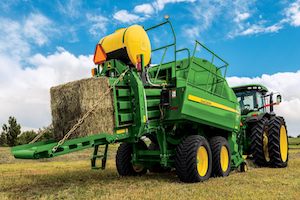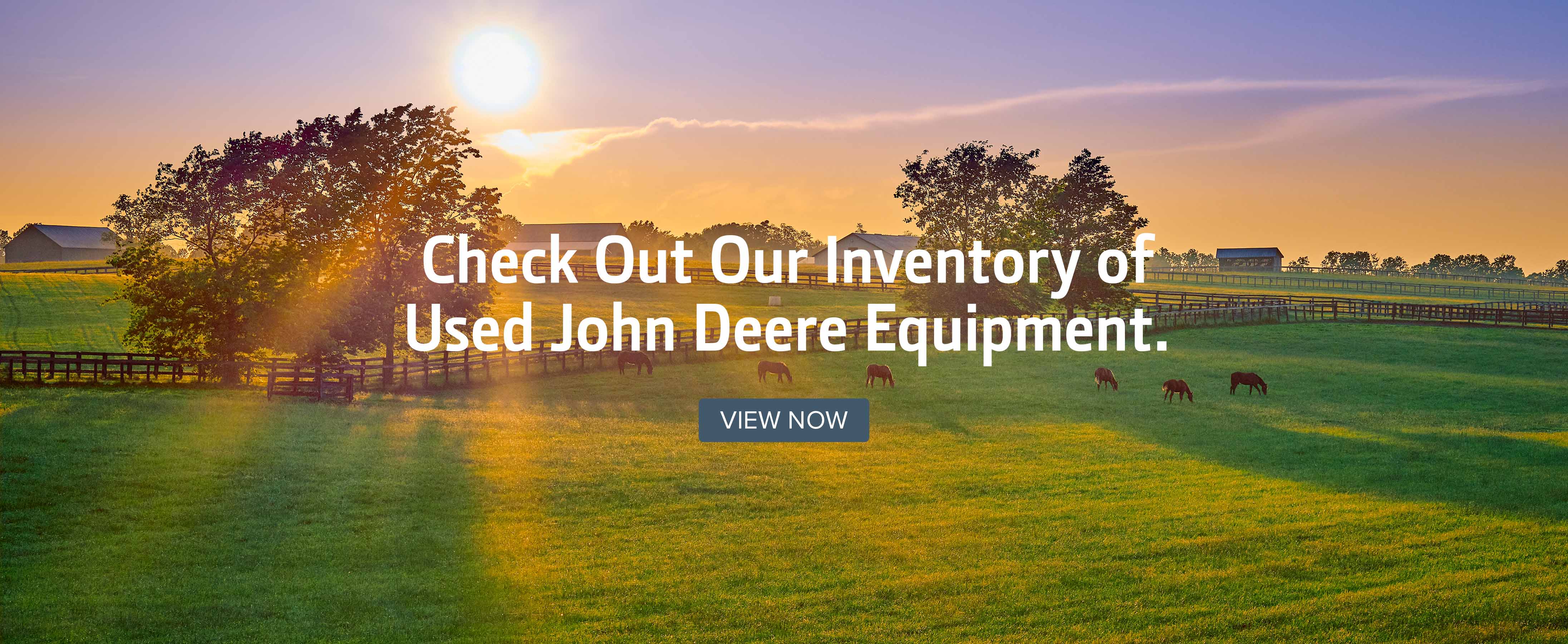THE IMPORTANCE OF HAY BALE WEIGHTS & DIMENSIONS
As farmers across the country know, haying plays a critical role in keeping production up and running throughout the year. To get the most out of their hay bales, though, producers must first consider what hay bale weights and dimensions are best for their farm, and what hay equipment they’ll need to create them.
What is the Size of a Hay Bale?
The small hay bales typically measure approximately 4 feet in width and 5 feet in diameter. On the other hand, the largest hay balers can be up to 8 feet wide and 6 feet in diameter.
WHAT ARE THE AVERAGE DIMENSIONS & WEIGHT OF A BALE OF HAY?
The dimensions, density, and weight of hay bales have a major impact on nutrient content, value for being bought and sold, cost of feeding livestock, and how easily they can be transported and stored. In other words, if farmers are to get the most out of their time and effort, they should decide whether small or large hay bales are right for them.
What are the Dimensions of Small Square Hay Bales?
While many farmers might assume that baling a large amount of hay at one time is the best use of resources, this is not the case for many. For those feeding a small amount of livestock, small, square hay bales are recommended as they can be easily carried by hand. The dimensions of these hay bales vary by how many strings are used to hold them together.
What are the Dimensions of Three-String Hay Bales?
Three-string bales, so named because each is held together by three pieces of baling twine, are around 16” high x 22” wide x 44” long and usually weigh 100 lbs. Achieving desired dimensions can be achieved by adjusting the settings on one’s square baler equipment.
What are the Dimensions of Two-String Hay Bales?
Two-string bales are more common than three-string. These hay bales usually measure around 14” high x 18” wide x 35” long and weigh 50-60 lbs. If fed twice a day, two-string small square hay bales with these dimensions are expected to feed one horse for a week. As approximately 10-12 square bales make one round bale, these dimensions are best for small farms in order to reduce waste.
What are the Dimensions of LARGE Square HAY BALES?
While small, square hay bales offer several benefits, they are not necessarily the right choice for larger farms due to the time that would be spent baling a more significant amount of hay. Large, round bales of hay are an ideal choice for farms with a large population of livestock – this is thanks to the capacity to feed multiple cows at once. Measuring 5ft x 6ft and weighing around 1500 lbs., hay bales of these dimensions ensure that farmers spend less time and money creating the bale. Assuming each animal consumes 32.5 lbs per day, five large hay bales at 5ft x 6ft are expected to feed approximately 30 cows per week.
Are All Hay Bales the Same Size?
No, hay bales come in a variety of sizes. The most common sizes of hay bales include 14" high x 18" wide x 35" long for square bales and 4 feet wide by 5 feet in diameter for round bales.
What Are the Different Types of Hay Bales?
The most common types of hay bales include square bales, round bales, and compressed bales.
How Are Hay Bales Stored and Transported?
Depending on the size and type of hay bale, as well as the amount of hay that needs to be stored will dictate the way it is stored and transported. That said, most hay bales are stored in hay barns or hay sheds, and are transported using trucks or trailers.
No matter what hay bale weights and dimensions suit your farm and livestock best, John Deere is sure to offer an ideal hay baler to produce the perfect bales for you.
For more information regarding John Deere hay equipment, contact your local John Deere dealer.
If you enjoyed this post or want to read others, feel free to connect with us on Facebook , Pinterest , Twitter , or Instagram!
Additional Resources:

